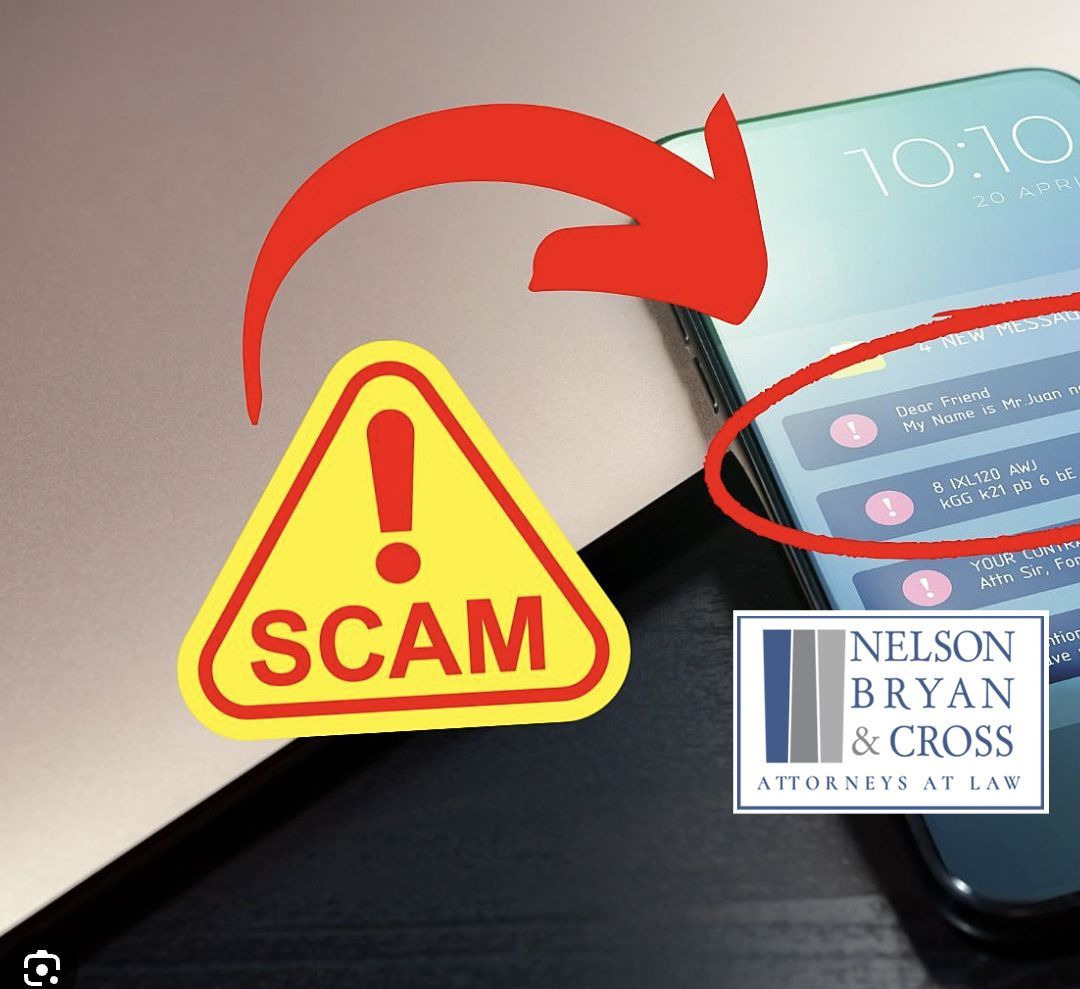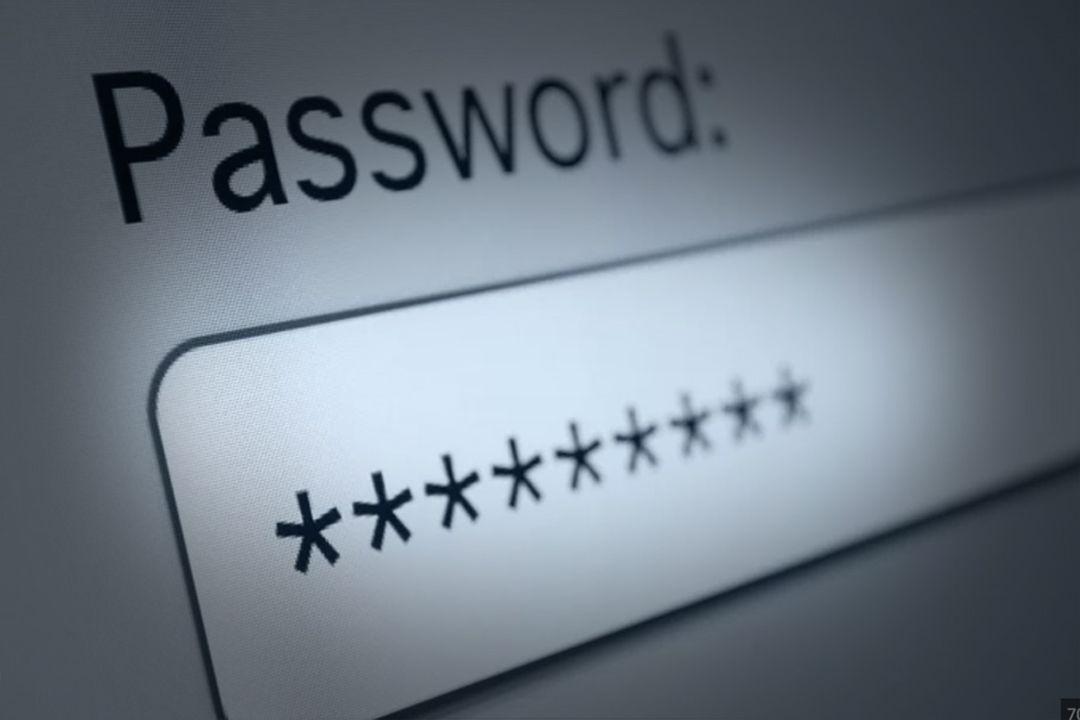Unwelcomed Texts Can Be More Than a Nuisance, They Can Be Dangerous and Costly
David Pridemore • May 28, 2024
Unwelcomed Texts Can Be More Than a Nuisance, They Can Be Dangerous and Costly
Author: David Pridemore | Publish Date: May 28, 2024

Telephone Scams and Mail Fraud have been around for a long time, with bad actors attempting to take advantage of innocent and vulnerable people. When email became common in our society, it didn't take the bad guys long to adapt their tactics and modern culture called these new forms of email attacks "Phishing Scams." Now, more than ever, modern smartphones allow business to be conducted by text and it is not surprising that scammers are once again targeting this new technology. The common goal of all of these attacks is to steal money from unsuspecting victims. The technical name for what most of us call a text message is SMS, which stands for "Short Message Service." Combining this new acronym with the now common email Phishing Scam gives us "Smishing Scams," yet another threatening term those of us doing business on our phones need to be alert to.
Like phishing emails, smishing texts are social-engineering scams that aim to manipulate people into turning over sensitive data such as Social Security numbers, credit card numbers, and account passwords or providing access to a business computer system. They rely on persuading you that the sender is a familiar or trusted source and that urgent action is needed to secure a benefit, resolve a problem, or avert a threat.
They might come from a mobile provider, or a service like Netflix or PayPal, claiming your account has expired or been locked, and you need to provide personal information or click on a link to reactivate it. That gives the scammers the means to steal your money or identity or to infect your device with malware.
Bogus bank fraud warnings were the most common type of text-based scams reported to the Federal Trade Commission (FTC) in 2022 — up nearly 20-fold since 2019. These texts will often appear to be from major banks like Wells Fargo or Bank of America, with urgent messages for customers to verify a transaction, according to the agency.
Also extremely common: fake delivery-related text messages, purportedly from the likes of Amazon, FedEx, or the U.S. Postal Service about an impending package or a shipment snafu. You may be sent to a website, where you’re asked to verify your address and perhaps pay a small “redelivery fee.”
But variations abound. A scam text might say you've won a lottery prize or a gift card, or promise a break on break on student loan debt. It could look like an alert from a government agency such as Social Security or the IRS or a link to a phony invoice or cancellation notice for a product or service you supposedly bought.
WARNING SIGNS YOU CAN LEARN TO SPOT:
- A text message requests personal information, such as your Social Security number or an online account password.
- The message asks you to click a link to resolve a problem, win a prize, or access a service.
- The message claims to be from a government agency. Government bodies seldom initiate contact with someone by phone or text, according to the Federal Communications Commission (FCC).
WHAT CAN YOU DO TO HELP PROTECT YOURSELF AND YOUR FAMILY?
Consider using tools that filter or block unwanted messages or unknown senders:
- Your mobile device may have built-in spam protection. Check the settings on its messaging app.
- Most major wireless carriers offer call-blocking services.
- Some call-blocking apps (see “More resources” below) also filter out junk texts.
- Don’t reply, even if the message says you can “text STOP” to avoid more messages. That tells the scammer or spammer your number is active and can be sold to other bad actors.
- Don’t assume a text is legitimate because it comes from a familiar phone number or area code. Spammers use caller ID spoofing to make it appear the text is from a trusted or local source.
- Never click on links in suspicious texts. They could install malware on your device or take you to a site that does the same.
- Contact the company or organization that supposedly sent the text, using a phone number or website you know to be legitimate, if you think it might concern a genuine problem.









